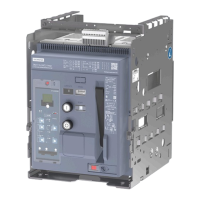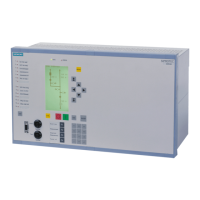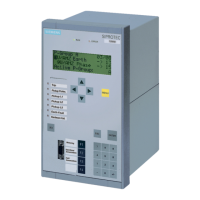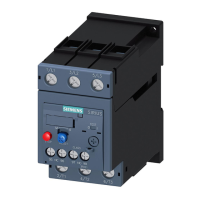Description
2.2 Electronic components
3WJ Air Circuit breakers
50 Operating Instructions, 12/2022, L1V30828903001-01
2.2.5 Protection functions
2.2.5.1 Basic protection functions
The protection functions of the electronic trip unit are available without an additional
auxiliary voltage. The required energy is supplied via current transformers integrated in the
Circuit Breaker.
To evaluate the currents, the RMS value is calculated by the electronic components of the
electronic trip unit.
The individual functions are parameterized by means of rotary coding switches.
Tolerances for the setting currents
L: tripping operations between 1.05 and 1.2 x I
R
- 0 %, + 20 %
- 0 %, + 20 %
- 0 %, + 20 %
Tolerances for the tripping times
- 20 %, + 0 % for I
2
t characteristic
- 0 %, + 60 ms or - 0 %, + 10 % for characteristic with fixed delay time
ms
- 0 ms, + 60 ms or - 0 %, + 10 % for characteristic with fixed delay time
2.2.5.2 LT: Overload protection (Long time), L-tripping
The setting value IR determines the maximum continuous current at which the Circuit Breaker
can operate without tripping. The time-lag class t
R determines for how long an overload can
be present without causing a trip.
IR = (0.4 / 0.45 / 0.5 / 0.55 / 0.6 / 0.65 / 0.7 / 0.8 / 0.9 / 1.0) x In
The tripping characteristic curve exhibits an I
2
t characteristic.
When the motor protection function is active, a different t
R setting applies (see next page).

